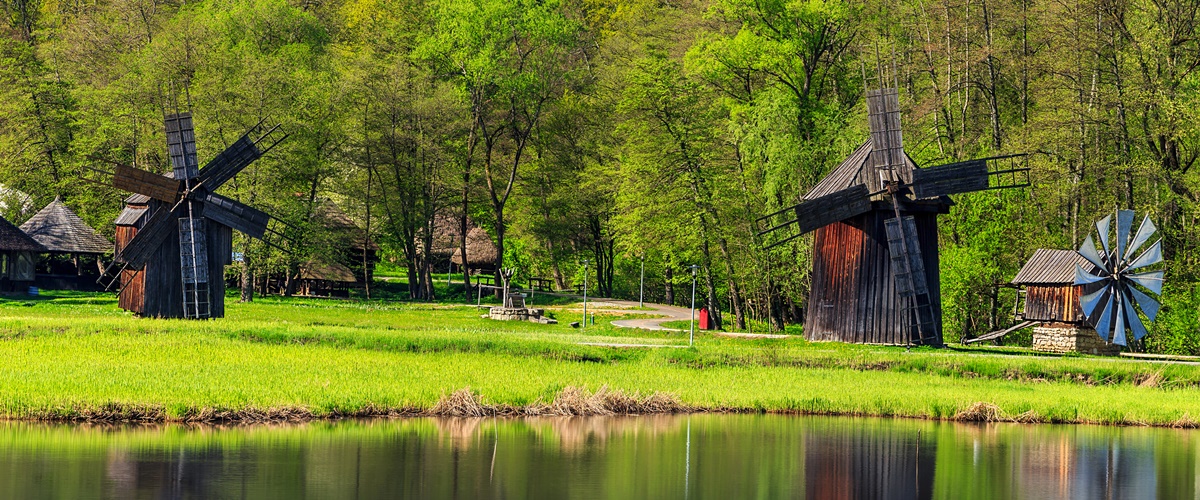Alba Iulia
Alba Iulia General Information
Location: Western Transylvania
Size: 103 sq km
Population: 64.000
Distance from Bucharest: 360 km
Distance from Cluj-Napoca: 100 km
In the early times, Alba Iulia was a capital in the Roman Empire, a medieval capital of Transylvania, the first capital fort, and years later, the last act of unification of all Romanian lands was signed here and it became the place where Romania was born as a modern state in the 20th century. Once a capital, always a capital! That's why it's called "The Second Capital". Alba Iulia has always been in the center of events. During two thousand years, the history decided: Alba Iulia is The Other Capital of Romania - and the city hall makes tremendous efforts to put this splendid city on the map of the world. Alba Iulia is a European Destination of Excellence and a Royal Capital. Alba Iulia has a partnership with a major consultancy group: The World Bank. No other city in Central & South Eastern Europe has. Alba Iulia obtained over 50 millions Euro in EU funds for rehabilitating the largest citadel in Central Europe. This never happened before in Romania.
Let's hear its history...
The gentle climate and the richness of the soil made the area around Alba Iulia inhabitable since ancient times and established Alba as a leading wine growing region since 1st century. Northwest of Alba Iulia are the Apuseni Mountains and in the east the Transylvanian Plateau with its rolling hills and deep, wide valleys. One of the oldest settlements in Romania, known in ancient time as Apulum, it served as the largest military and economic center during the Roman occupation. Temples, mosaics, thermae and statues, amphitheaters, the governor's palace "Daciarum Trium" – all rendered the original Dacian Apulum as the miniature copy of the mother Rome.
An Episcopal citadel and an important political, military and cultural center, Alba Iulia reached its peak between 1542-1690, serving as the capital of the independent Principality of Transylvania and the residence of the Transylvanian princes. In 1599, Mihai Viteazul (Michael the Brave) achieved here for a brief period of time the union of the three main provinces of Romania: Walachia, Transylvania, and Moldavia. The town later became an important printing centre. Nowadays the local universities continue the tradition of the old academic schools.
The peasant revolt led by Horea, Closca and Crisan, executed on February 28, 1785 on the Pitchfork Hill (Dealul Furcii) was an important revolt action of the serf peasantry in Transylvania against the feudal constraints to which it was subjected and it turned the city into a symbol of the fight for justice and freedom.
Also, it was here that on December 1st 1918 the province of Transylvania announced its unification with Romania. In 1922 Prince Ferdinand was crowned King of Romania in an act which mirrored the union achieved more than four centuries earlier by Mihai Viteazul.
Today's up-and-coming destination
Alba Iulia is becoming a more and more famous destination for romanians and hopefully for foregners too! Because if they come here, they will discover lot of intricate history tales and will be pleasantly surprised by the openness of the city. In the old town, visitors can stroll along the wide, tree-lined streets of the Habsburg citadel, one of the most impressive in Europe, to discover the historical, cultural and architectural places of interest of Alba Iulia:
- The Roman Catholic Cathedral – the oldest and most valuable monument of architecture in Transylvania
- Alba Carolina Fortress - the largest in Romania
- The Batthyaneum Library
- The Orthodox Cathedral of the Reunification
- The Babilon Building – housing the National Museum of Unification
- The Union Hall
- The Apor Palace
- The Princely Palace
For those interested in natural attractions and outdoor adventures, Alba Iulia is a good starting point for exploring the Apuseni and Retezat parks. There are also wine regions nearby for a delicious experience and traditional villages quitely sleeping and waiting for curious tourists.

.jpg)



.png)



